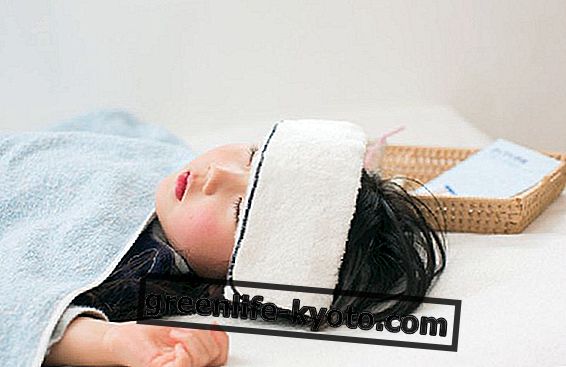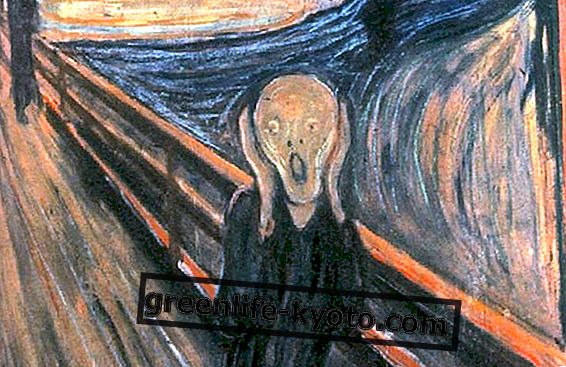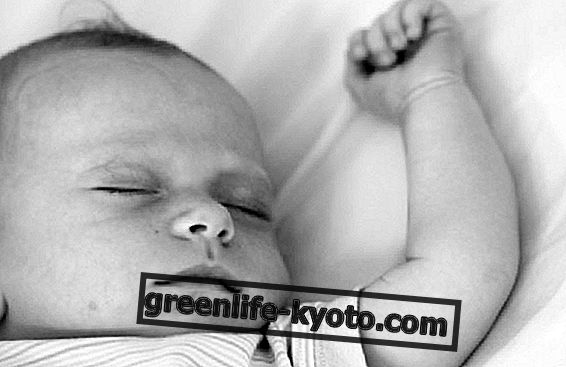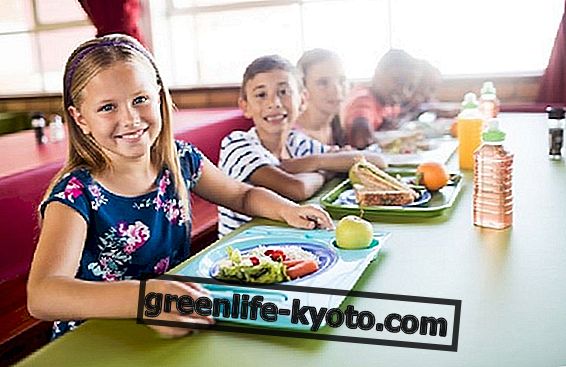
Body and mind in psychomotor therapy
Psychomotor therapy is an activity within the branch of psychomotility, an educational, rehabilitative and therapeutic discipline based on "relationship". Psychomotor therapy, aimed mainly at children, is based on the assumption that motor activity is the reflection of certain psychic processes. In fact, the movements of our body, in addition to reflecting our personality, represent a valid tool for the development, maturation and expression of the potential of the individual at different levels, including the motor, affective, relational and cognitive levels.
Therapy, and psychomotor education in general as a discipline, originated during the early years of the twentieth century in child neuropsychiatry centers as a treatment therapy for mental problems. From these environments, around the sixties, psychomotor therapy, will come out soon becoming an instrument of stimulation and education for all children, going from an exclusively re-educational purpose to a purely educational one, aimed at stimulating and accompanying the child during growth.
Differences between psychomotor therapy and psychomotor therapy
What distinguishes psychomotor therapy and psychomotility from other disciplines are the objectives and the modalities through which the contents are proposed. This means that performance, sporting or artistic performance is not the purpose. Movement is actually the means to harmonize the development of the personality and not the end. The psychomotricist considers the disorder manifested by the child as a discrepancy of the relationship between mind and body, manifested in the motor act in a relational key. It is therefore in motor skills that it is possible to experience the more or less decisive connection between the way of thinking and that of acting.
How psychomotor therapy works
Psychomotor therapy, as a discipline, makes use of the contribution of various movement professions, including physical education, dance therapy, rhythm, art therapy, play and body expression in general. Through these different activities, the therapist welcomes the difficulties, emotions, fears and desires of the child, encouraging their expression and outward communication. In doing so, the little subject does nothing but discover his own body as a game, an activity that allows him to learn everything about the outside world, to communicate and to relate to other individuals around him. During a psychomotricity session, the intent is precisely to stimulate the subject to perform actions and, at the same time, to take pleasure in doing what he is most interested in, favoring a harmonious expansion of the personality.
The human being is considered in its entirety, understood as a union of somatic, affective and cognitive structure. The gesture anticipates the language, integrating it, and therefore a tonic-emotional mode of being in the world is always preferred. Psychomotor therapy is therefore able to originate a situation of well-being, trust and security in the participants, proposing different motor activities to "live together".
Who is it for psychomotor therapy?
Psychomotor therapy is aimed at children who experience delays in psychomotor development, behavioral disorders, communication and learning. The most serious disorders that psychomotor therapy treats are mental retardation, attention deficit hyperactivity disorder, autism and various personality disorders (anxiety, mood, conduct). For these, the intervention on the child is not limited only to psychomotor therapy, but makes use of the help of a multidisciplinary team that, in some cases, can follow the small subject in the different contexts of life, such as the family and the school. On average, in psychomotor therapy children go from the first months of life up to a maximum of 15 years, usually for a period ranging from one year to three years of therapy.













